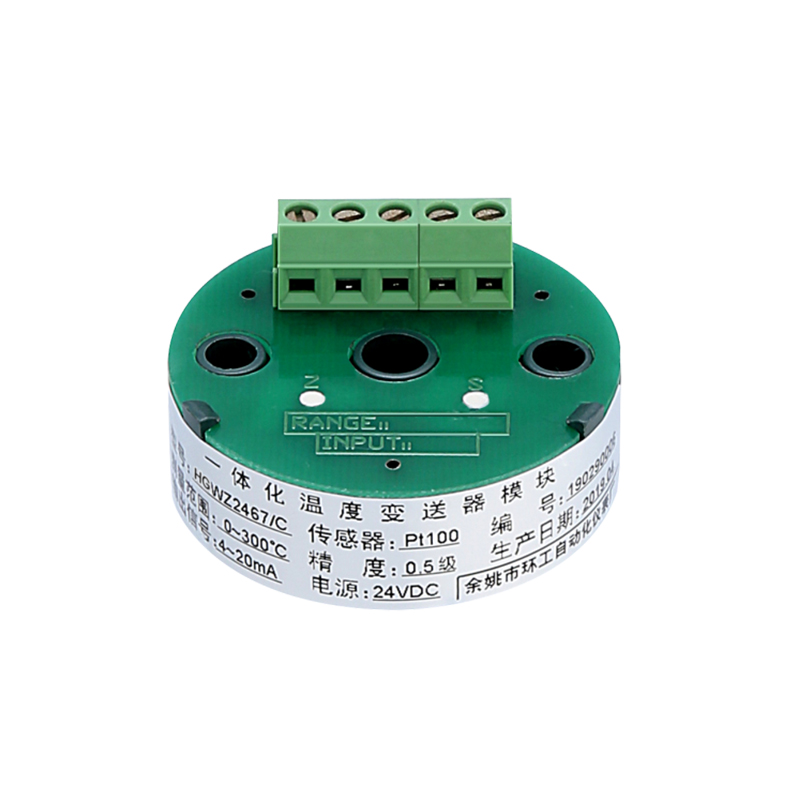Temperature sensors can be affected by variations in environmental conditions like humidity or electromagnetic interference, and how they handle these factors depends on the specific type and design of the sensor. Here's a general overview:
1.Humidity:
Resistance to Moisture: Temperature sensors engineered for high moisture environments often feature advanced materials with intrinsic moisture resistance. For instance, sensors with stainless steel components or ceramic packages are less prone to moisture-induced degradation.
Hermetic sealing is a meticulous process employed to create an impermeable barrier, preventing any ingress of moisture. This involves sealing the sensor components in an airtight enclosure, safeguarding them from humidity.
Ventilation and Sealing: Ventilation mechanisms within the sensor are strategically designed to facilitate the exchange of air while preventing the accumulation of moisture. This involves the incorporation of breathable membranes or desiccant materials.
Sealing methods extend beyond basic enclosures and can include conformal coatings. These coatings, applied to the sensor's circuitry, act as a protective shield against moisture, ensuring long-term reliability.
2.Electromagnetic Interference (EMI):
Shielding: The shielding of temperature sensors involves the use of conductive materials, such as copper or aluminum, to create a Faraday cage. This cage surrounds the sensor's critical components, effectively redirecting or attenuating electromagnetic fields.
Multi-layered shielding, with a combination of conductive and magnetic materials, enhances the sensor's resilience against a broad spectrum of electromagnetic frequencies.
Isolation Techniques: Physical isolation includes strategic placement of the sensor away from EMI sources, minimizing direct exposure. This may involve physical barriers or spatial separation to reduce electromagnetic coupling.
Electrical isolation utilizes components like transformers or optocouplers to create a barrier between the sensor's internal circuitry and external interference, ensuring accurate readings even in electrically noisy environments.
3.Calibration and Compensation:
Calibration: Calibration is a meticulous process involving the comparison of the sensor's output with a traceable reference standard. Regular calibration, either performed by the user or through factory calibration services, corrects any deviations in accuracy.
Compensation Algorithms: Advanced sensors may feature compensation algorithms that dynamically adjust temperature readings based on real-time environmental conditions. These algorithms take into account factors such as humidity and EMI, providing continuous accuracy.
Users can benefit from sensors with adaptive compensation mechanisms, ensuring reliable temperature measurements under varying environmental influences.
4.Material Selection:
Corrosion-Resistant Materials: In environments where corrosion is a concern, sensors often incorporate materials like stainless steel or nickel alloys. These materials exhibit excellent corrosion resistance, prolonging the sensor's lifespan.
Additional protective measures, such as specialized coatings or plating, further enhance the sensor's ability to withstand corrosive elements present in humid conditions.
Non-conductive Materials: To counteract electromagnetic interference, temperature sensors may integrate non-conductive materials in critical areas. The use of insulating materials prevents unwanted coupling of external electrical signals with the sensor's internal circuitry.
Careful material selection ensures that the sensor remains impervious to electrical interference, maintaining accurate temperature measurements in challenging electromagnetic environments.
5.Remote Sensing:
Remote Placement: Remote sensing involves siting the temperature sensor at a distance from the monitored area, reducing direct exposure to challenging environmental conditions. This method is particularly useful in environments where humidity or EMI might compromise sensor performance.
Wireless Communication: In remote sensing applications, wireless communication plays a crucial role in transmitting temperature data over extended distances. Technologies like Bluetooth, Wi-Fi, or specialized industrial wireless protocols enable seamless connectivity.
Proper encryption and secure communication protocols ensure the integrity and confidentiality of temperature data transmitted wirelessly.
HGWZ2467 temperature transmitter

